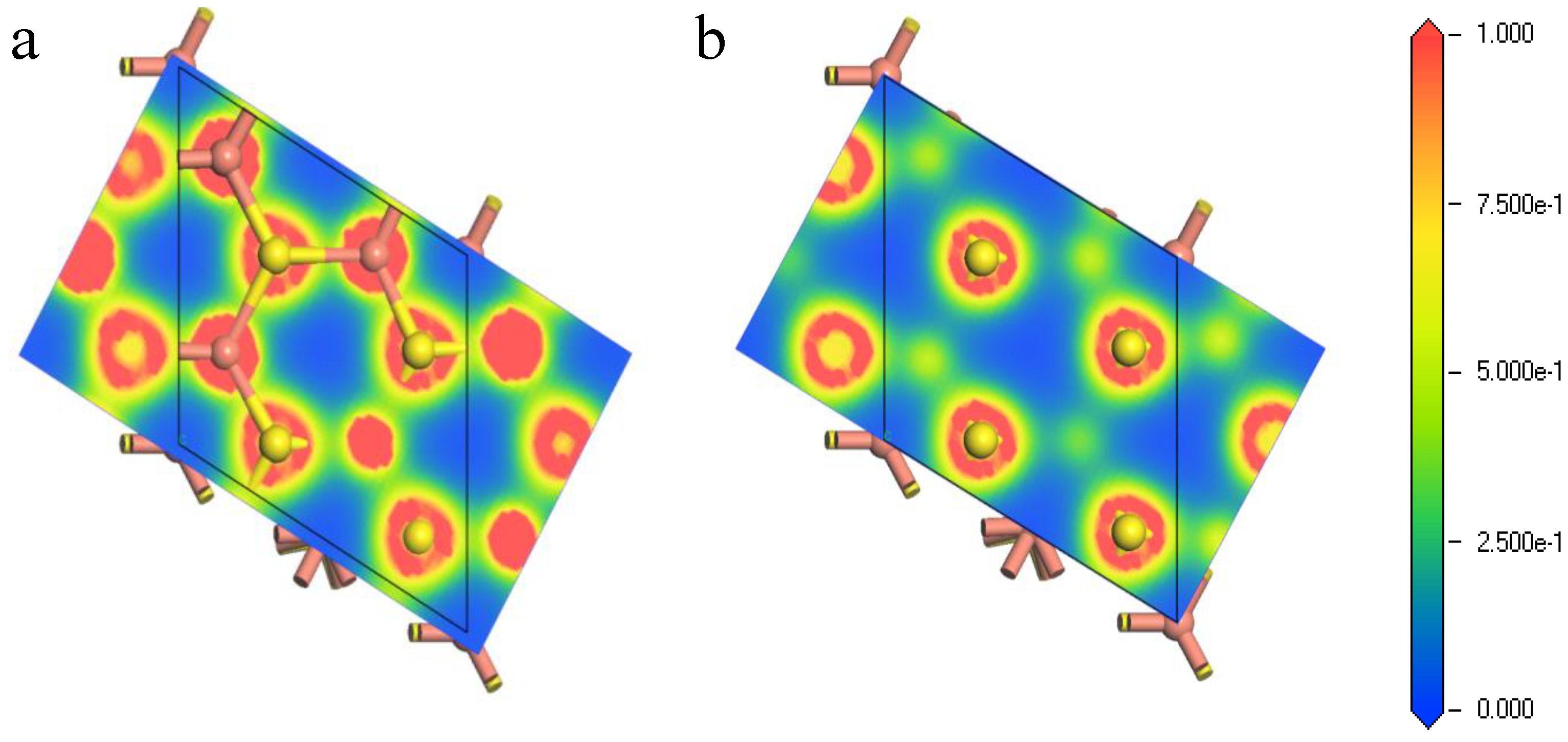
BIOVIA Materials Studio brings science validated by leading laboratories around the world to your desktop PC.
Materials studio change bond angle how to#
Read more about how to correctly acknowledge RSC content. Whats up guys, Parallaxox here and today I will be showing you how to change the position of a part. BIOVIA Materials Studio Visualizer is the core product of the BIOVIA Materials Studio software suite, which is designed to support the materials modeling needs of the chemicals and materials-based industries. Permission is not required) please go to the Copyright If you want to reproduce the wholeĪrticle in a third-party commercial publication (excluding your thesis/dissertation for which If you are the author of this article, you do not need to request permission to reproduce figuresĪnd diagrams provided correct acknowledgement is given. Provided correct acknowledgement is given. A common failure mode observed in dental crowns is debonding/fracture that is initiated at the. If you are an author contributing to an RSC publication, you do not need to request permission Interfaces between two different materials exist in the dental crowns used in dental restoration work. Please go to the Copyright Clearance Center request page. Single bonds adjacent to double bonds may be represented using / or to indicate stereochemical configuration see Stereochemistry below. To request permission to reproduce material from this article in a commercial publication, Provided that the correct acknowledgement is given and it is not used for commercial purposes. Materials Studio assigns the appropriate PCFF force field parameters.

This article in other publications, without requesting further permission from the RSC, 3.3.4 Molecular geometry change with axial stretch. Szekely,Ĭreative Commons Attribution-NonCommercial 3.0 Unported Licence. Molecular sieving using metal–polymer coordination membranes in organic media Our work opens more sustainable avenues for robust membrane fabrication without conventional crosslinking, which requires reactive chemicals.
Materials studio change bond angle free#
Additionally, computational modeling was performed to reveal the stabilization energy and fractional free volume (FFV). The FFV of the membranes was calculated using Materials studio after determining the geometric density of each membrane. The formation of coordination bonds between the metal and polybenzimidazole chains protected the membranes from dissolving in harsh organic solvents. Spectroscopic and morphological analyses were conducted to elucidate the microscopic and macroscopic properties of the membranes.

The controlled deposition of copper( I) iodide enabled the fine-tuning of the molecular sieving performance of MPC membranes by altering both their chemistry and morphology. The angle-bending term is summed over all bond angles in the molecule. If the optimal bond angle for H-Csp2-Csp3 is 122°, then any change in angle (- 0), either wider or narrower, will increase the energy of the molecule.

Herein, a novel scalable methodology was developed for fabricating solvent-resistant nanofiltration membranes based on metal–polymer coordination (MPC) through a facile yet highly effective method. is the actual bond angle in the molecule and 0 is the natural bond angle. Improving the chemical resistance of membranes without sacrificing their molecular sieving performance is highly challenging.


 0 kommentar(er)
0 kommentar(er)
